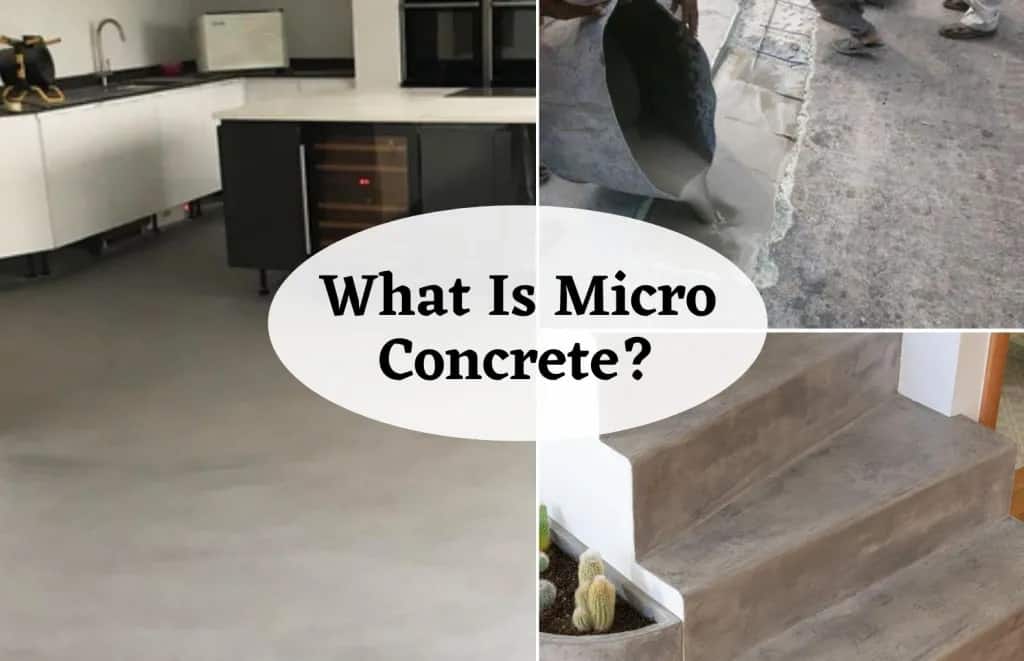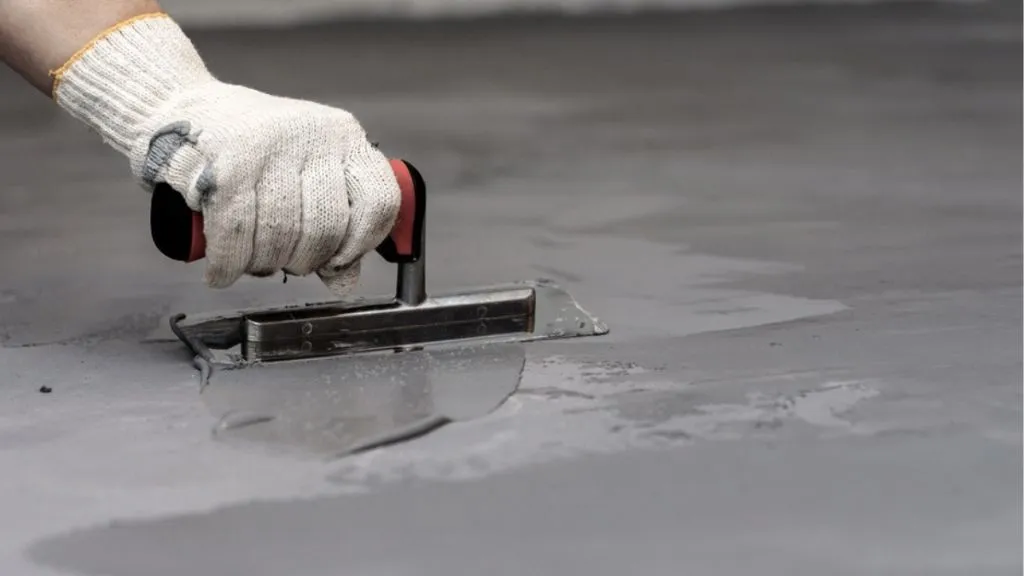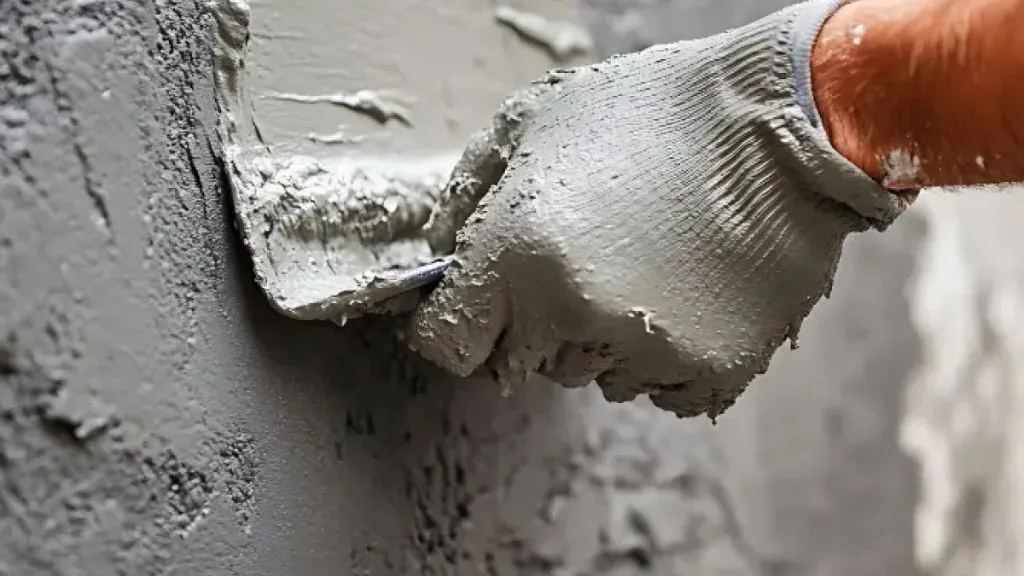Property Geek
We provide the actual and accurate information with unbiased user driven reviews to our viewers, to help them see the best and find the best!
View posts
Are you struggling with cracks, uneven surfaces, or the need for a durable yet aesthetic finish in your construction projects? Traditional materials often fall short in providing both strength and a smooth finish.
This is where micro concrete comes into play—a versatile, high-strength material that addresses these challenges effectively. In this article, we’ll explore what micro concrete is, its unique properties, and how it’s revolutionizing modern construction by offering superior performance and a seamless finish for both structural and decorative applications.
Micro cement is a coating that is cement-based and can be thinly applied on different surfaces including wood and tile. The layer could be approximately 2 mm to 3 mm. Micro concrete provides a feel of concrete cost within a fraction of the weight and cost of real concrete.

Micro concrete is usually available in a prepackaged mix so that it is easy to prepare and place with no skilled labor. This concrete need not be mixed on the site which avoids human errors completely. It is an easy surface choice for all kinds of environments where a faux concrete finish is needed. Micro concrete is also suitable for giving a concrete finish to restricted spaces and can be handled by those with limited concrete laying skills.
Micro concrete’s initial usage was to develop a decline in water demand used in normal concrete. Micro concrete can establish a good bond which can repair aging or cracks in concrete structures. Moreover, micro concrete means reduced cost of repair as it does not require heavy machinery to place them unlike natural concrete.
Micro concrete can dry very quickly and the surface over which it is laid can function within a day. Thus, micro concrete is ideal for homeowners and designers who wants to decorate the surface of their buildings without any disruptions.

Surfaces over which micro concrete is to be applied must be first prepared by washing, removing chemicals, gravel, dirt, and dust from it. Water blasting, acids or water can be used to clean the surfaces. Steel bars and corroded materials must be cleaned and coated before micro concrete is applied on them.
Micro concrete mix can be manually prepared in a mixing vessel especially if large quantities are to be obtained. The water required for making micro concrete may vary based on the mix but commonly it is a ratio of 1:8 of water and micro concrete. This mixture is prepared by gradually adding micro concrete to water while being continuously stirred.
The mix of micro concrete and water is placed as soon as it is made to ontaind the perfectflow and consistency. After placing, suitable tools are used to smoothen the mixture out and then it is permitted to dry.
Micro concrete applications stand aloof with certain advantages to its name. Here’s a list of them:
Applications of micro concrete are widely ranging from commercial to residential. It offers a seamless, contemporary, and durable finish. Micro concrete floors and walls are hard wearing and cost effective. It also makes surfaces watertight which means bathrooms and splashbacks in the kitchen could have them. This type of concrete can be used for both indoor and outdoor surfaces due to its high durability. Some of them are:
Micro concrete provides a feel of concrete finish with only a faction of the cost and weight of natural concrete. Plus, it is stain-resistant, mold-resistant, waterproof, and can be colored in your favorite shades. Micro concrete has emerged to be an awesome material that has become the go-to choice for professionals. As a result, we are here to spread the word! Hope our information on what a micro concrete is, its applications, advantages, and efficiency helped you.